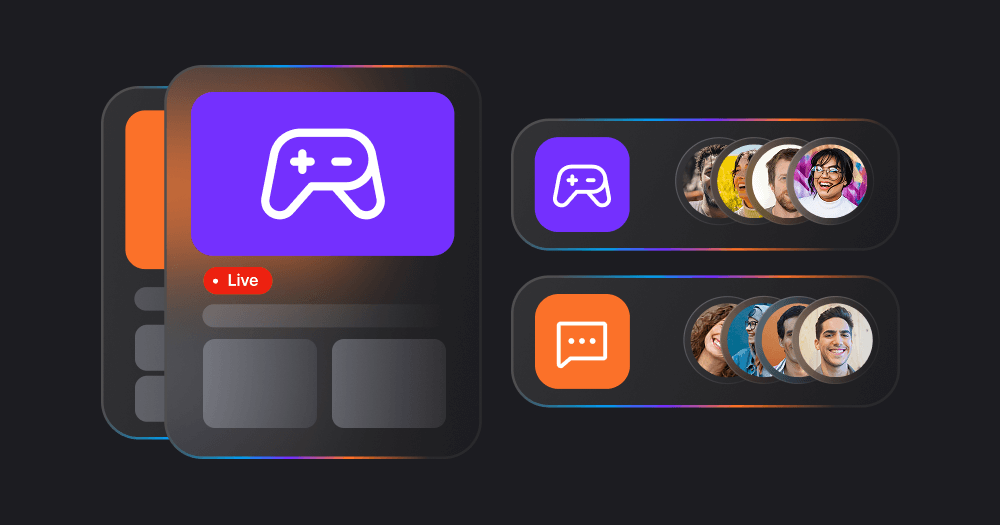
The Engagement Maturity Model
How leading brands evolve from campaign chaos to compounding growth
Engagement Maturity Assessment
Not sure where your brand stands? Take the 2 minute maturity assessment to uncover your growth stage.
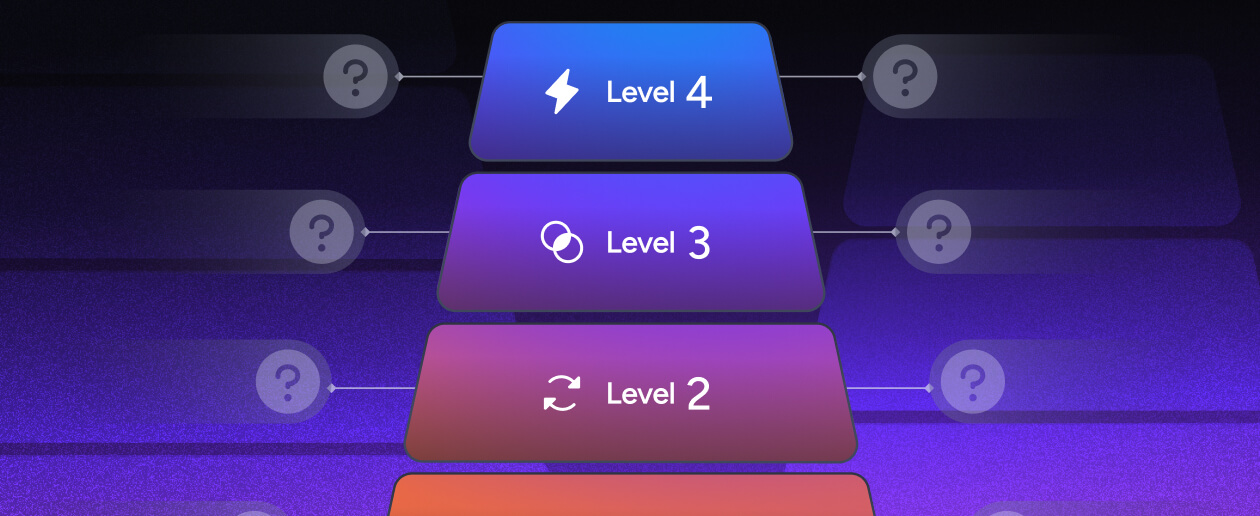
Overview
Marketing has changed. Consumers are harder to reach, loyalty is harder to earn, and internal pressure to show ROI has never been greater. Yet too many teams are stuck in a cycle of one-off campaigns, disconnected tools, and reactive execution.
The Engagement Maturity Model exists to solve this. It’s a strategic framework created by Komo to help brands and agencies understand where they are in their engagement journey, where they’re stuck, and how to evolve toward sustained, compounding growth.
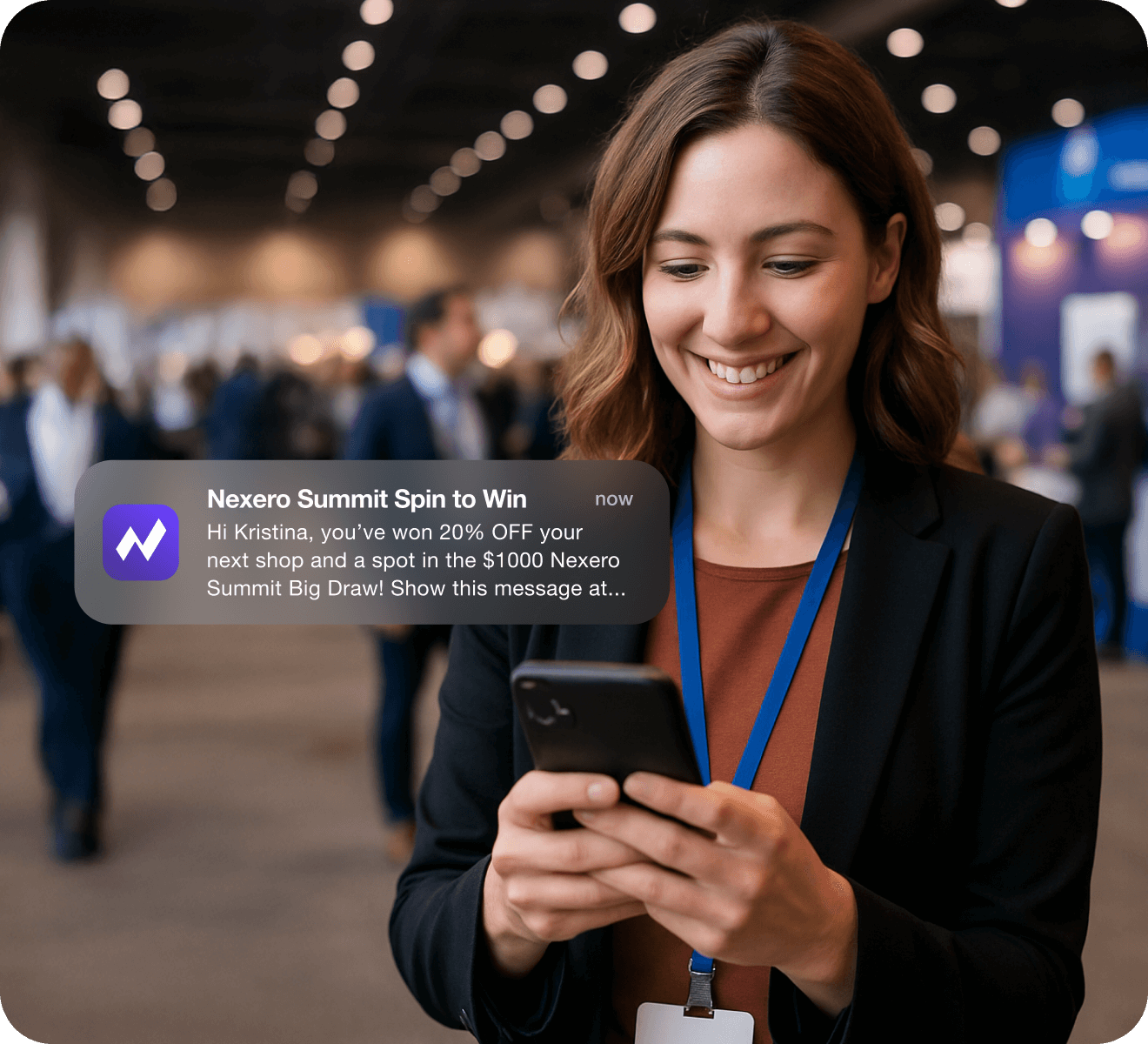
Instead of jumping from one disconnected activation to the next, this model reveals the five distinct stages of engagement maturity. Each stage highlights specific behaviors, tools, and limitations—and what’s required to progress. It’s designed not just to diagnose, but to guide: from sporadic campaigns to orchestrated engagement systems that build loyalty, deliver zero-party data, and demonstrate real ROI.
For brands, the benefit is clarity: clarity on where effort is wasted, where opportunities are being missed, and how to build an always-on, marketer-controlled system that performs. For agencies, it’s a framework to scale value across clients while reducing execution complexity.
Whether you're a CMO, brand marketer, or digital strategist, the Engagement Maturity Model gives you a shared language, a roadmap, and the tools to move from fragmented to formidable.
Note: This guide is the core reference for Komo’s interactive Engagement Maturity Calculator. If you've just received your score, use this to unpack your result—and build your next step.
Why this matters now
Traditional engagement strategies were built for a different era—one where attention was easier to earn, timelines were slower, and data was optional. That world is gone.

Today’s customer expects more


Experiences they can shape, not just passively consume

Value in exchange for their time and attention
What changed?
In this environment, brands need more than tactics—they need a system. One that creates compounding value with each activation, not resets to zero every time.
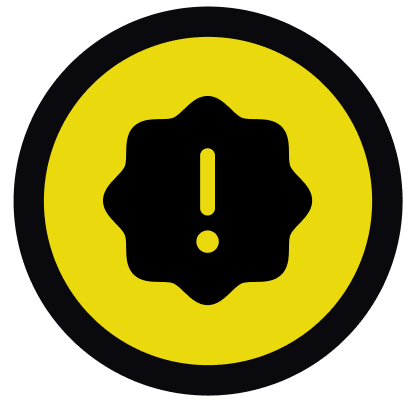
But most teams are stuck:
• Using disconnected tools for each engagement
• Manually recreating similar campaigns over and over
• Unable to personalize in real-time or measure ROI meaningfully
• Relying on dev, IT, or agencies for even basic updates
This model was built to solve that.
The Engagement Maturity Model helps brands and agencies:
• See where they’re operating today—objectively, not optimistically
• Understand the cost of the current model—in time, dollars, data, and impact
• Chart a clear, practical path to better—one that’s achievable, scalable, and fast
It also connects directly to Komo’s approach—showing how always-on delivery, speed to impact, and participation-powered insight work together to power the next era of marketing.
You don’t need to overhaul everything. You just need to know where to start—and what to do next.
That’s what this guide is for.
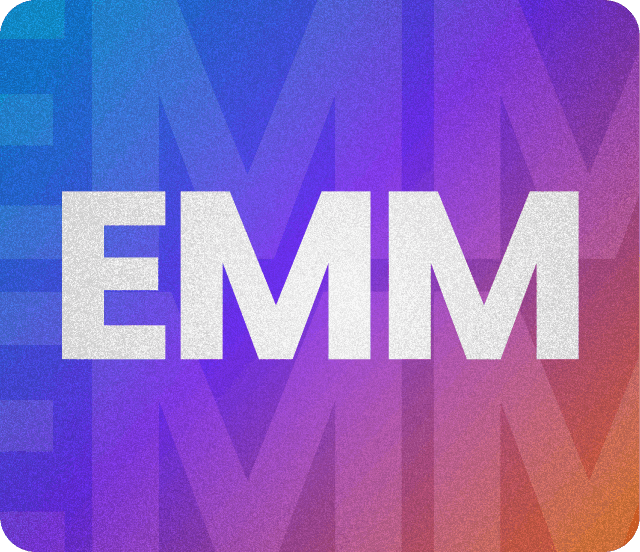
The cost of not adapting
The brands that fail to evolve will continue to burn resources without compounding results. They’ll launch more campaigns, buy more tools, and still end up with:
Sponsorship ROI will remain unproven. Loyalty programs will become stale. Event activations will feel expensive and hollow.
Meanwhile, competitors who modernize will:
• Capture valuable zero-party data
• Activate audiences across every touchpoint
• Respond in real time
• Prove ROI while the campaign is still running
It’s not about doing more. It’s about doing differently.

The new rules of engagement
To win in this new era, brands must embrace:
• Always-on participation. Engagement that compounds across campaigns—not resets
• Real-time personalization. Insight-driven interactions at every touchpoint
• Marketer-owned systems. No more waiting for IT, dev, or agencies
• Zero-party data strategies. Build value by earning information directly from users
The maturity model lays out how to get there—one level at a time.
Why this is hard (and worth it)
This shift isn’t easy. It means rethinking workflows, letting go of outdated playbooks, and demanding more from your platforms. But it’s also liberating.
• No more silos between events, digital, and CRM
• No more guesswork about what worked
• No more one-off effort with no long-term gain
The organizations that move up the curve will become:
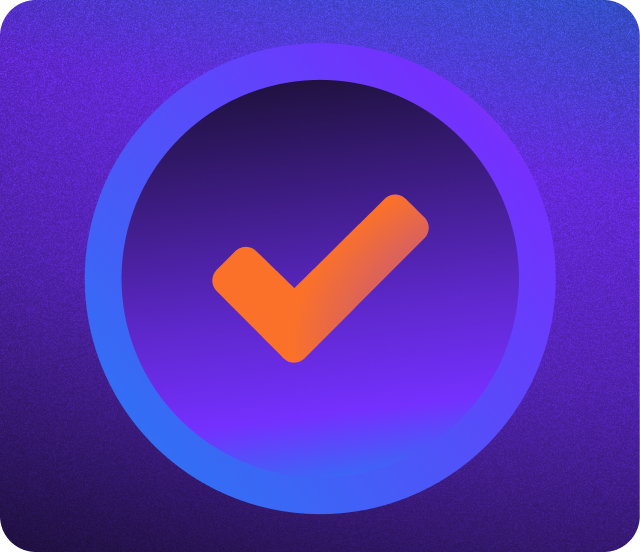
• Faster to launch
• Smarter in strategy
• Stronger in impact
And they won’t need to trade control for complexity. With the right system, they can move fast and stay flexible.
That’s the promise of maturity. And it starts here.

Why engagement maturity really matters
This isn’t just a model for marketers. It’s a framework for how modern organizations build value over time.
At its core, engagement maturity is about building momentum. About turning every moment of interaction—before, during, and after a campaign—into something that compounds. Not resets. That’s not just a structural improvement. It’s a philosophical shift: from outputs to participation, from attention to utility, from “how many?” to “what’s next?”
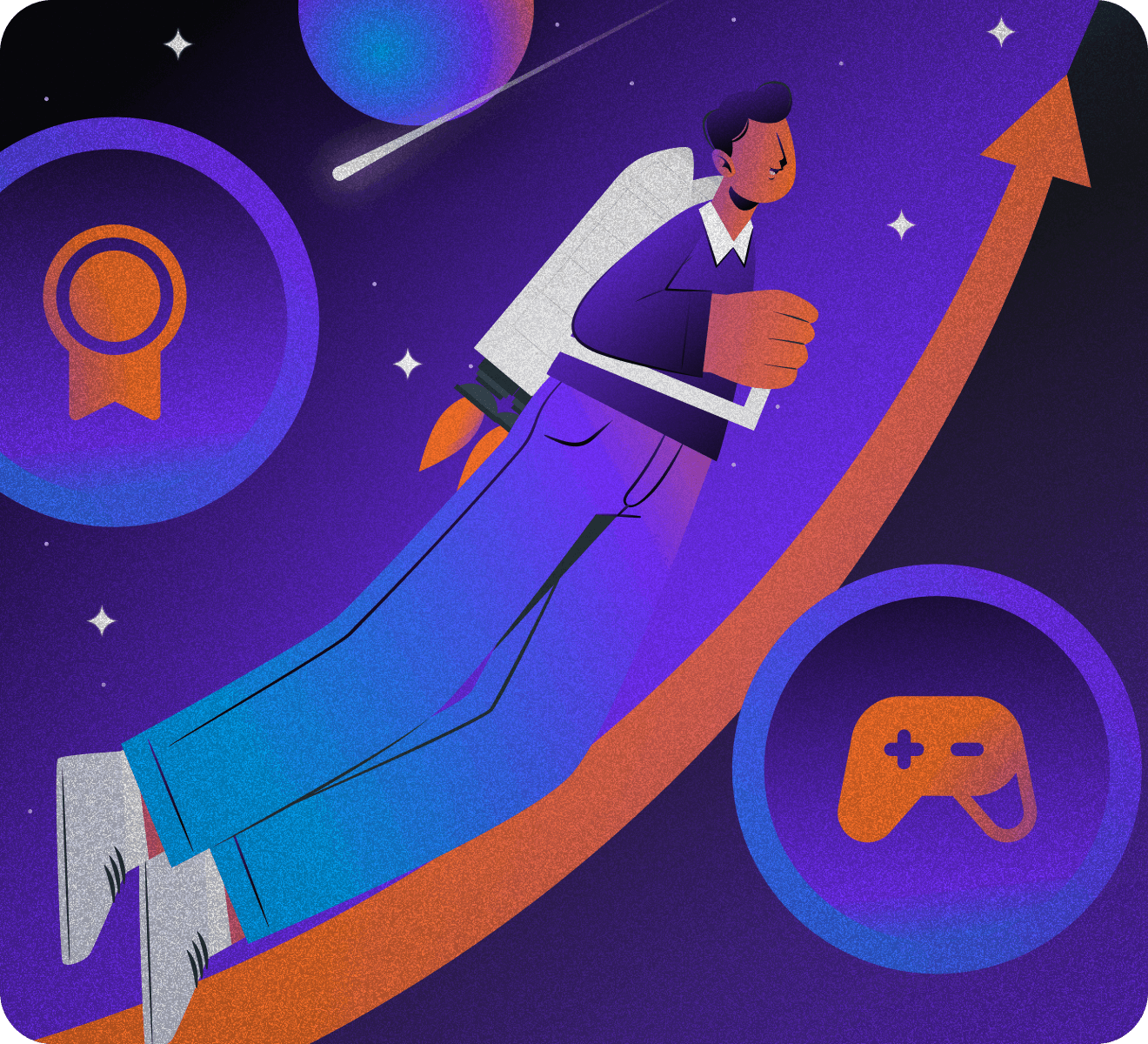
It matters because fragmented engagement doesn’t just impact marketing performance—it creates drag across the business.
When engagement is disconnected, so is your data. Your insight. Your ability to act.
This model helps teams move in sync—toward a shared goal: engagement that creates data, data that drives strategy, and strategy that adapts in real time.
But that can’t happen without a mindset shift.
Instead of seeing each campaign as an end in itself, mature teams ask:
• How will this connect to what came before?
• What will this unlock for what comes next?
• How does this move us closer to knowing, engaging, and activating our audience?
That’s the difference between effort and impact. And that’s what the Engagement Maturity Model is here to unlock.

Understanding the model
We’ll now explore each stage in detail—starting with Level 0.

LEVEL 0
Unstructured Campaigns
What It Looks Like
At this stage, engagement efforts are reactive, inconsistent, and often siloed. Campaigns are typically launched in response to urgent requests, and there’s no unified system or repeatable process.
• Tactics are driven by short-term needs, not long-term strategy
• Different teams (events, digital, CRM) operate independently
• No shared view of the customer journey
• Little to no post-campaign insight or data capture
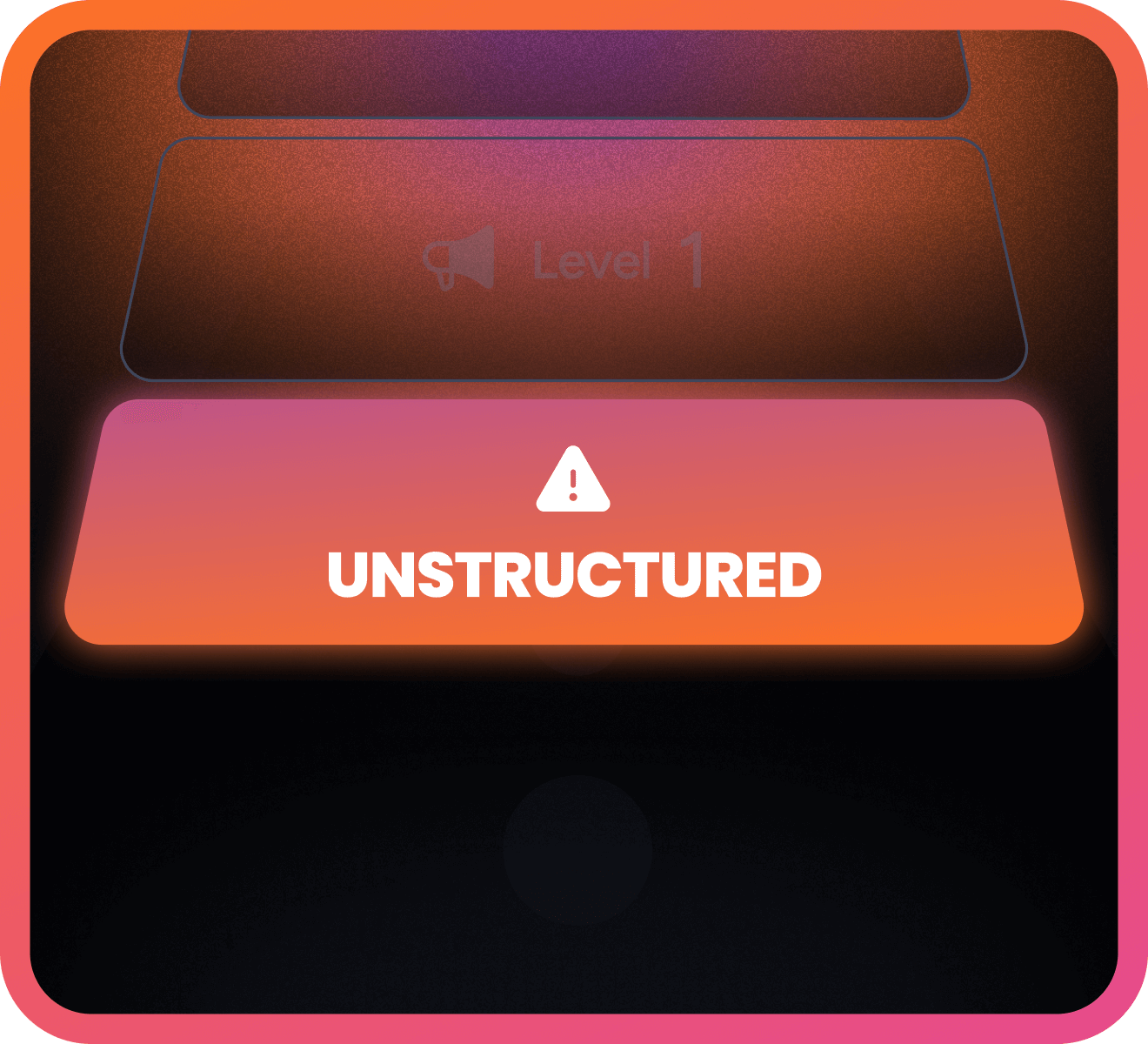
Common Tools
• Email blasts
• One-off landing pages
• Basic social posts
• Google Sheets, PDFs, or spreadsheets to manage assets
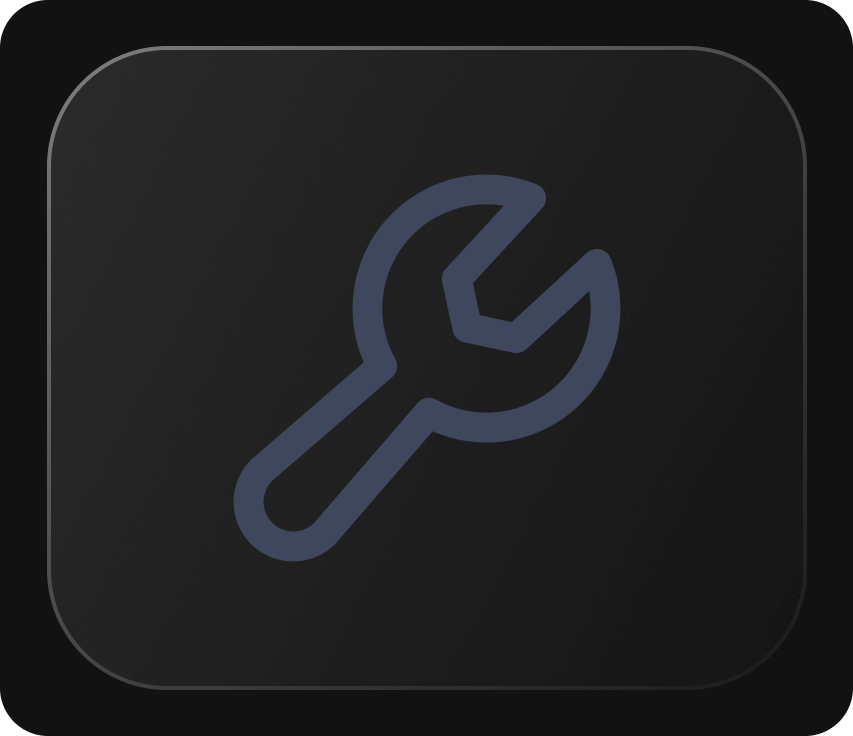
Strategic Limitations
• No ability to personalize engagement
• No feedback loop from engagement to CRM or customer profile
• High effort, low return
• Campaigns fade as quickly as they launch
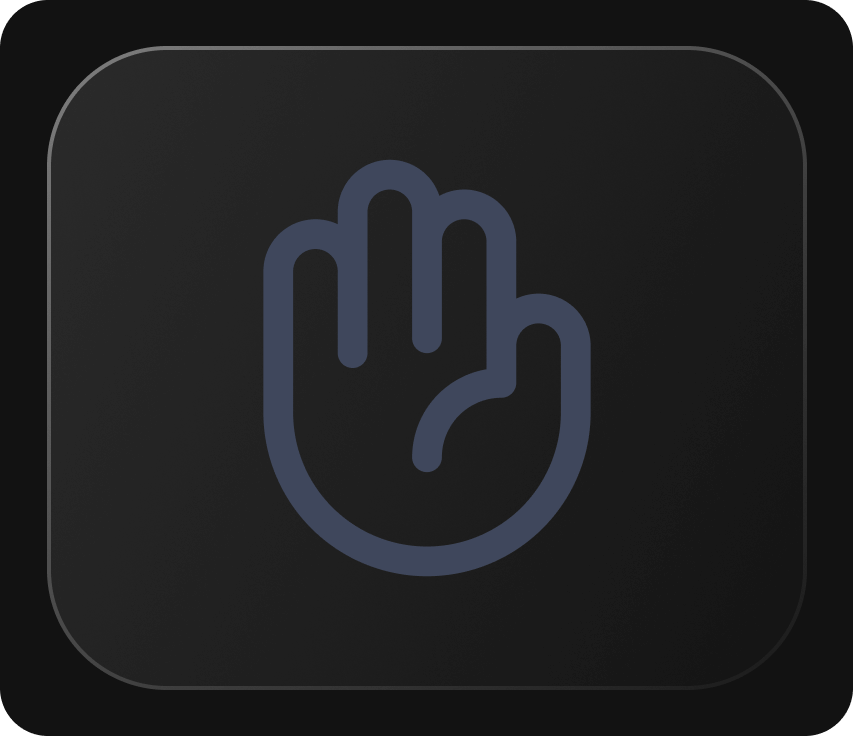
Opportunity with Komo
This is where Komo delivers its fastest wins:
• Use pre-built, proven campaign templates to launch quickly
• Deliver interactive, on-brand experiences in hours, not weeks
• Start capturing zero-party data immediately—without needing dev or IT
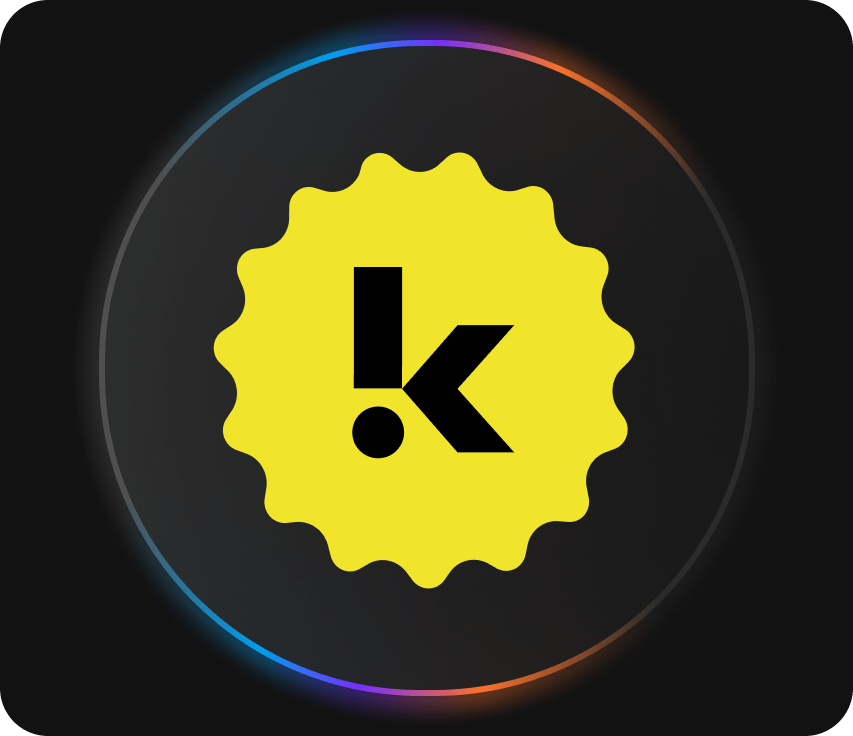
Komo gives teams in this stage a way to move fast, engage smarter, and build early momentum without overhauling their stack.
How to progress from Level 0 to Level 1?
You don’t need to be “mature” to make progress. The goal here is simple: shift from reactive to repeatable.
"Before Komo, every activation felt like a one-off. We’d spend weeks on setup only to see engagement fade within days. Now, we can spin up campaigns in under an hour—and we’re finally building data we can use."
Marketing Manager
Major Entertainment Brand
LEVEL 1
Isolated Campaigns
What It Looks Like
Teams at this level have moved beyond chaos—but not far. Engagement efforts are still mostly one-off, built around individual campaign briefs with little connection between them.
• Campaigns are planned in isolation, often owned by different functions or teams
• Experiences are built manually, often from scratch, each time
• Data collection is minimal or stuck in disconnected systems
• There’s a sense of effort without momentum—high input, limited reuse
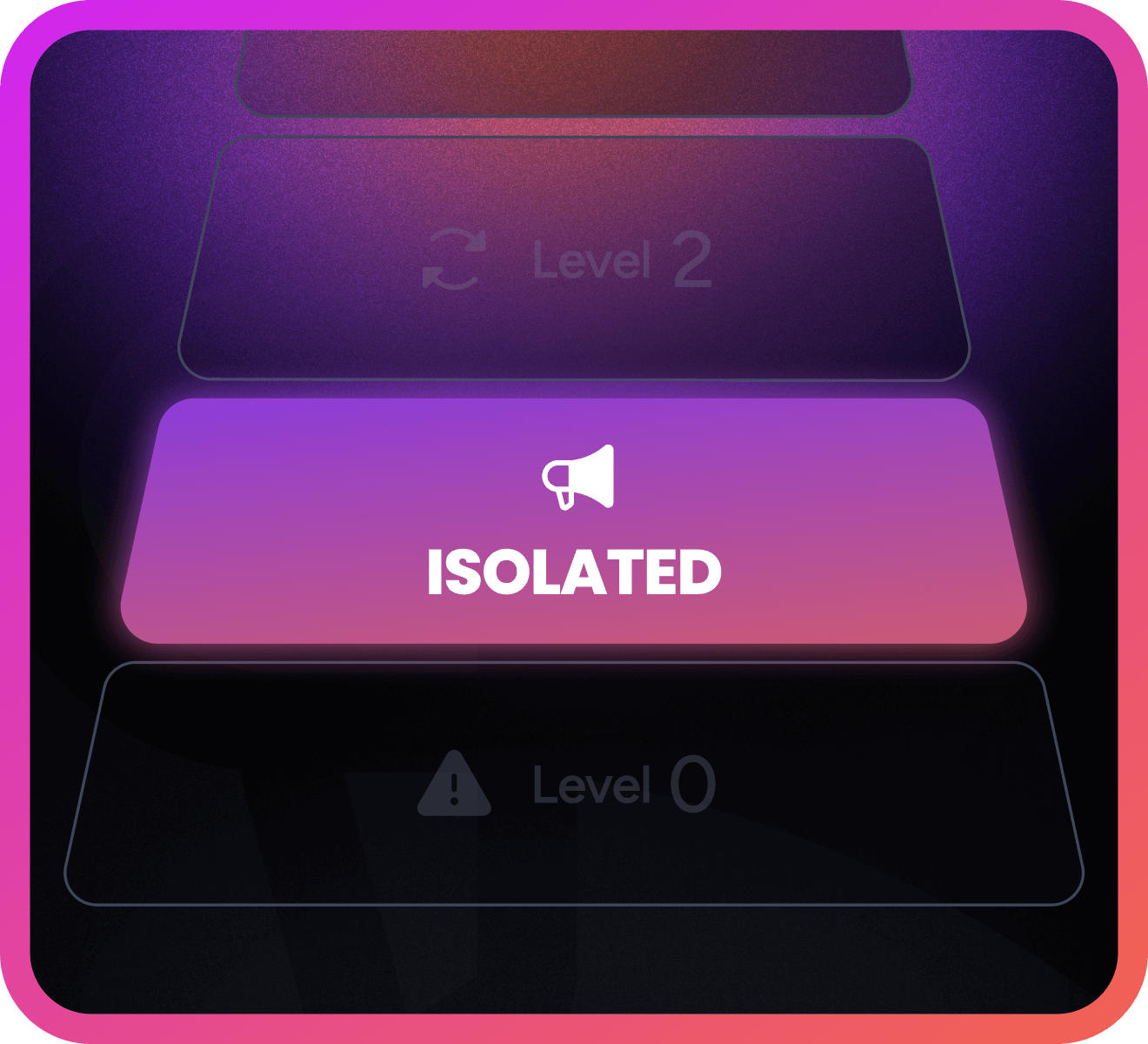
Common Tools
• Standalone microsites or landing pages
• Survey and contest tools
• Agency-built activations
• Email marketing platforms with limited integration
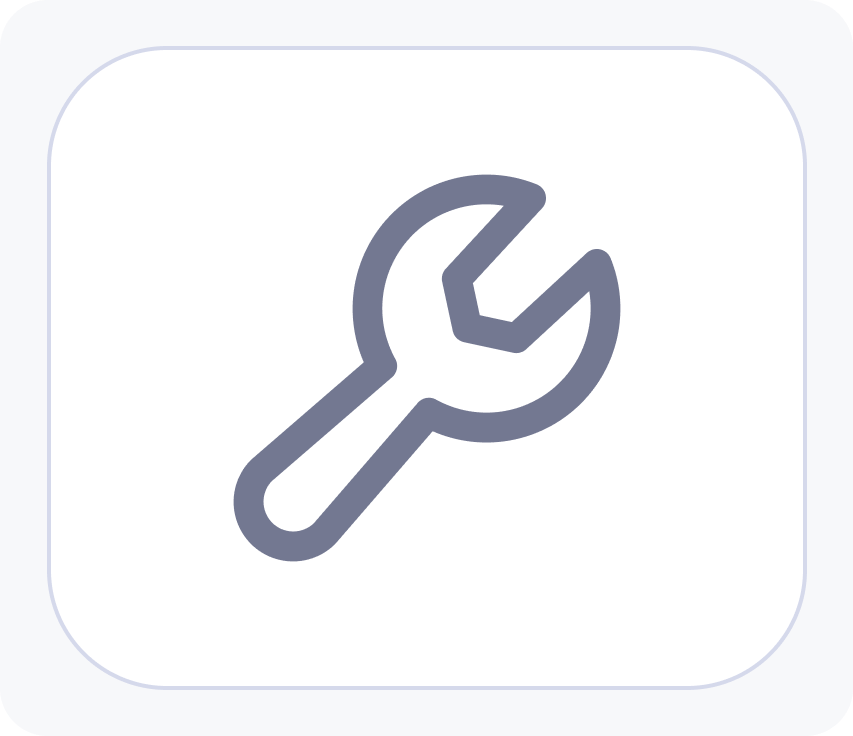
Strategic Limitations
• Campaigns are expensive to produce and hard to scale
• No data is carried forward—each activation starts from zero
• Learning is limited; little insight is captured and reused
• Engagement is surface-level, not connected to the customer journey
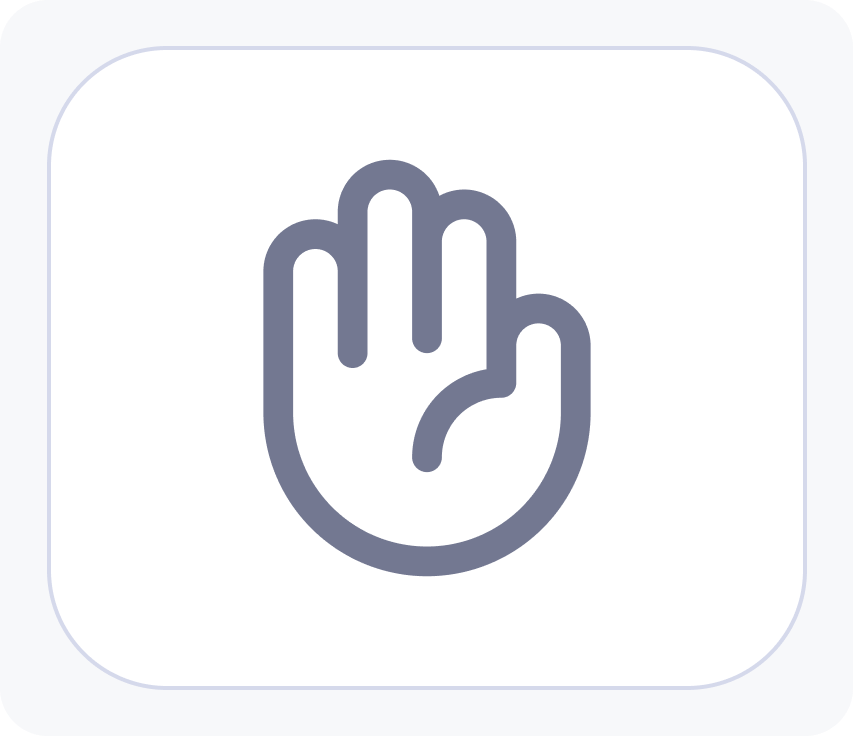
Opportunity with Komo
This is where Komo starts to replace the patchwork.
• Consolidate fragmented tools into a single engagement platform
• Reduce reliance on agencies or dev work for every campaign
• Build and reuse templates, reducing time and cost per activation
• Start linking engagement efforts to outcomes—data, leads, loyalty
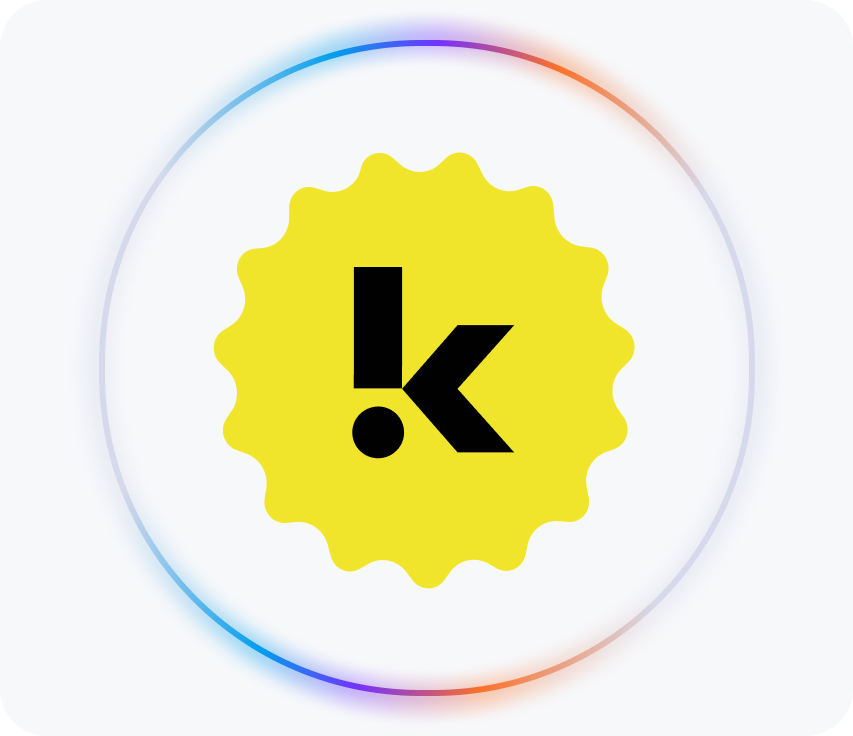
Komo helps teams move from fragmented to focused—introducing efficiency, consistency, and better insight.
How to progress from Level 1 to Level 2?
The key is to start building systems—not just assets.
"We were stuck rebuilding similar campaigns over and over—each with a new vendor, new cost, and no insight carried forward. Komo gave us the structure we needed to finally scale what works."
Digital Marketing Director
Global Consumer Brand
LEVEL 2
Repeatable Activations
What It Looks Like
Teams at this stage have begun to introduce structure. They’re reusing some assets and templates, and engagement is no longer entirely one-off. There’s a growing recognition that systems—not just campaigns—are needed
• Some automation is in place, often driven by CRM or marketing workflows
• Reusable templates or formats have been developed, but often ad hoc
• Engagement data is being captured—but rarely centralized or activated
• Campaigns are launched more easily, but personalization is still limited
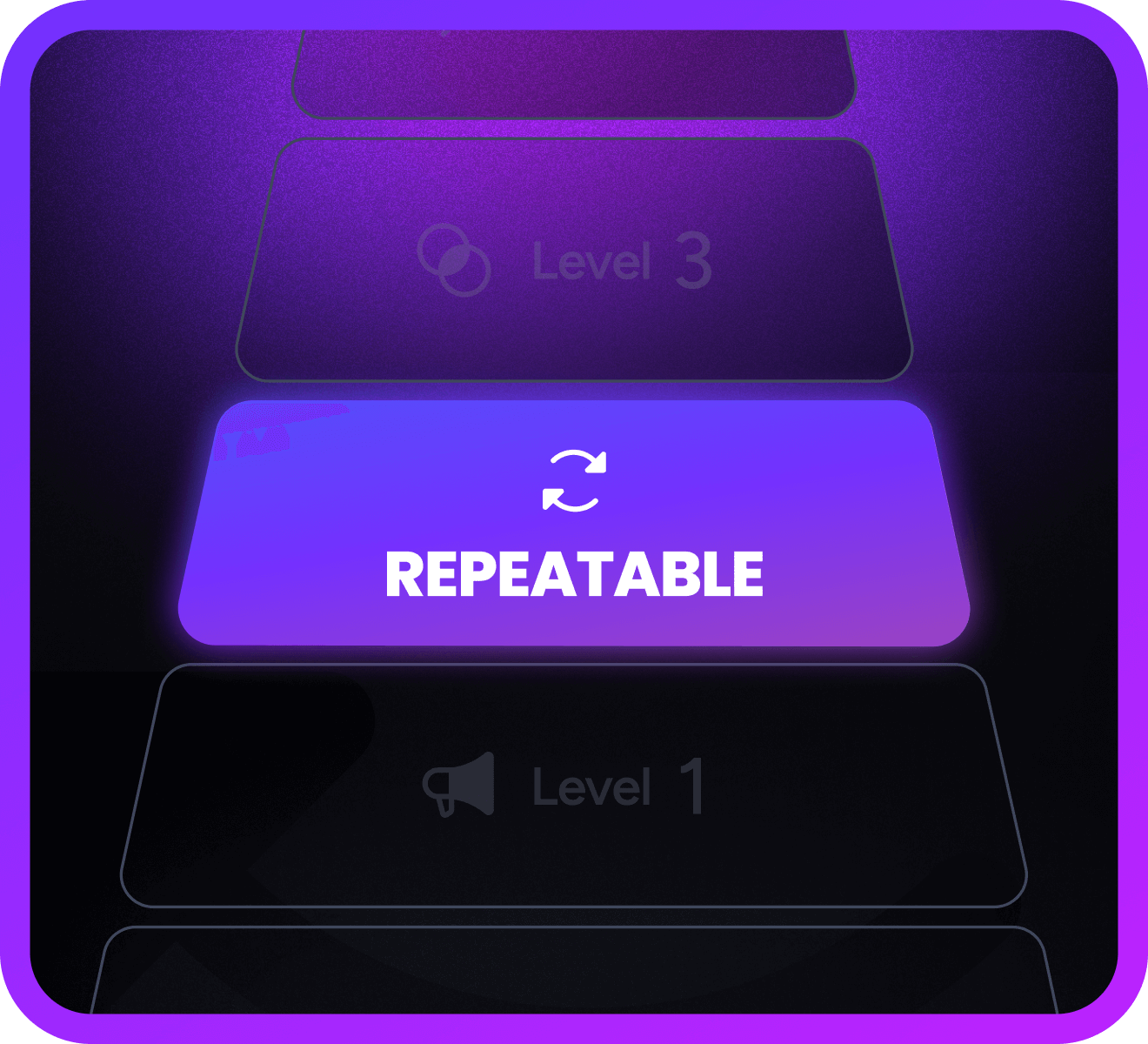
Common Tools
• Form builders and templated microsites
• CRM platforms with basic automation (e.g., HubSpot, Salesforce)
• Loyalty or rewards plug-ins
• Point solutions for surveys, UGC, or polls

Strategic Limitations
• Engagement remains shallow and mostly transactional
• Personalization is basic or manually driven
• Data is fragmented across tools and not actionable
• Launching still requires cross-functional coordination and approvals

Opportunity with Komo
This is where Komo starts to amplify value.
• Create truly reusable engagement blueprints—with logic, scoring, and triggers baked in
• Centralize and activate zero- and first-party data across campaigns
• Deepen participation through gamified, personalized experiences
• Give marketers full control over launching, optimizing, and iterating

At this level, Komo helps teams move from operationally repeatable to strategically scalable.
How to progress from Level 2 to Level 3?
This is where systems thinking becomes strategy.
"With Komo, we finally connected our engagement data to our CRM. It’s not just about faster launches—it’s about smarter decisions. Now we know what works, and we can repeat it without starting over."
Head of Customer Experience
Regional Retail Chain
LEVEL 3
Integrated Engagement Loops
What It Looks Like
At this stage, engagement is no longer campaign-bound—it’s connected. Teams are beginning to run always-on experiences, with multiple touchpoints feeding data into centralized systems. Participation is no longer the end goal—it’s the input for what comes next.
• Campaigns are linked across time and channels
• Data flows into CRM or CDP to inform follow-ups and personalization
• Participation triggers other actions—email flows, loyalty offers, tailored content
• Marketing, loyalty, and CX teams start to coordinate through shared systems
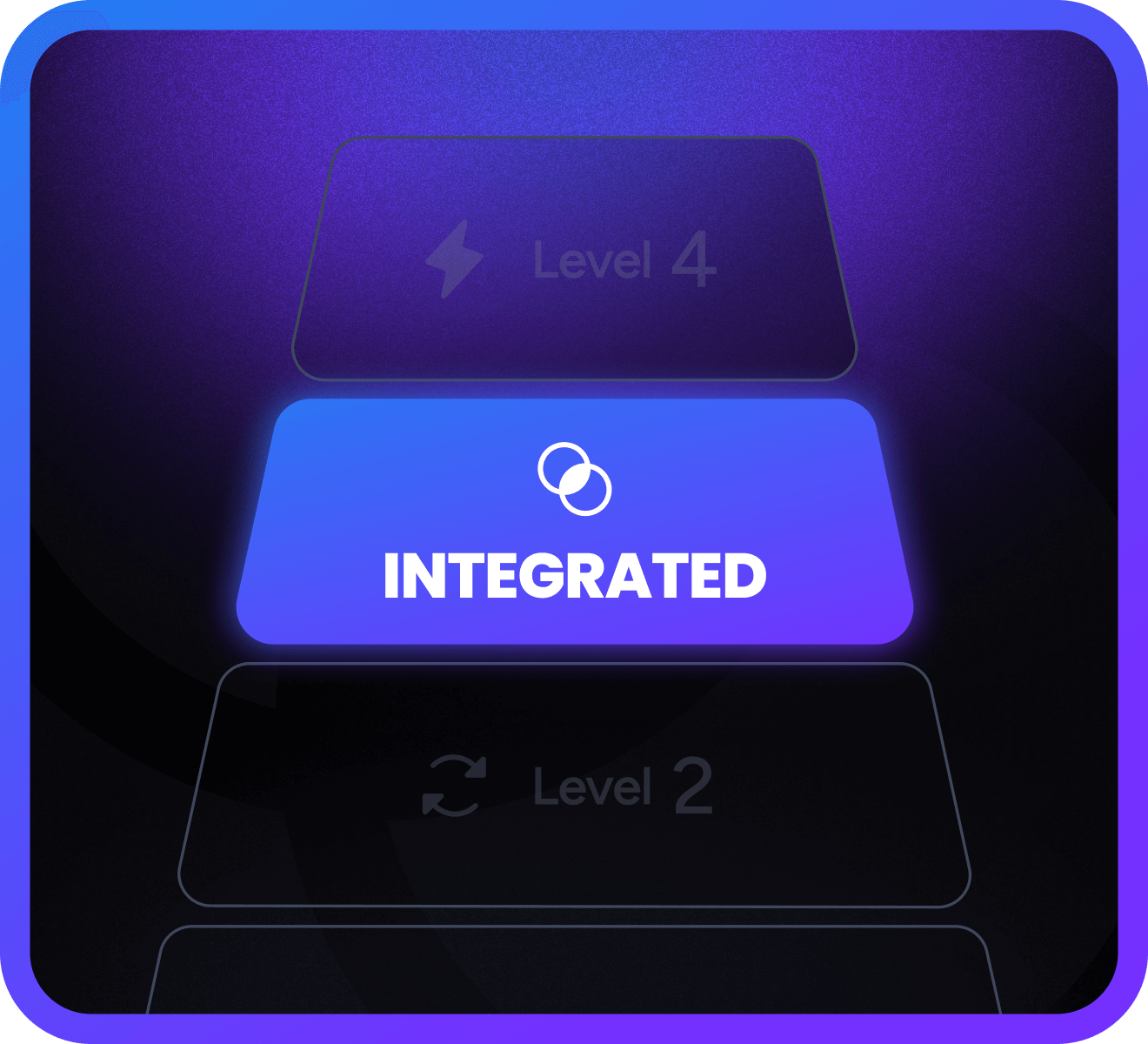
Common Tools
• Marketing automation platforms
• CRM and CDP integrations
• Email and SMS platforms
• Experience platforms with branching logic or event triggers
• In-house dashboards and reporting tools

Strategic Limitations
• System complexity slows down iteration
• Teams still rely on developers, agencies, or IT to launch or optimize
• Coordination is manual—insights exist, but aren’t always actionable
• Scaling engagement loops requires more control than teams currently have

Opportunity with Komo
Komo helps teams at this level reclaim speed without sacrificing sophistication:
• Let marketers fully own launch, testing, optimization, and rollout
• Use real-time participation data to drive dynamic experiences
• Launch connected journeys across channels without dev bottlenecks
• Combine zero-/first-party data with CRM/CDP systems to inform next best actions

How to progress from Level 3 to Level 4?
Engagement loops only create value when you can control the system.
"We were running great journeys on paper—but executing them took weeks. Komo gave our team the ability to launch instantly, trigger actions in our CRM, and keep everything moving without IT overhead."
CX Leader
National Financial Services Brand
LEVEL 4
OS-Powered Engagement System
What It Looks Like
This is the final stage—where engagement is no longer just a campaign output, but an always-on system owned by the marketing team. Every interaction is connected, personalized, and measurable. Data flows in both directions: powering decisions and improving experiences in real time.
• Engagement is orchestrated across the lifecycle—not just in bursts
• Campaigns are personalized dynamically using zero- and first-party data
• Marketers can launch, test, and optimize without tech dependencies
• Participation data fuels segmentation, loyalty, and next best action models
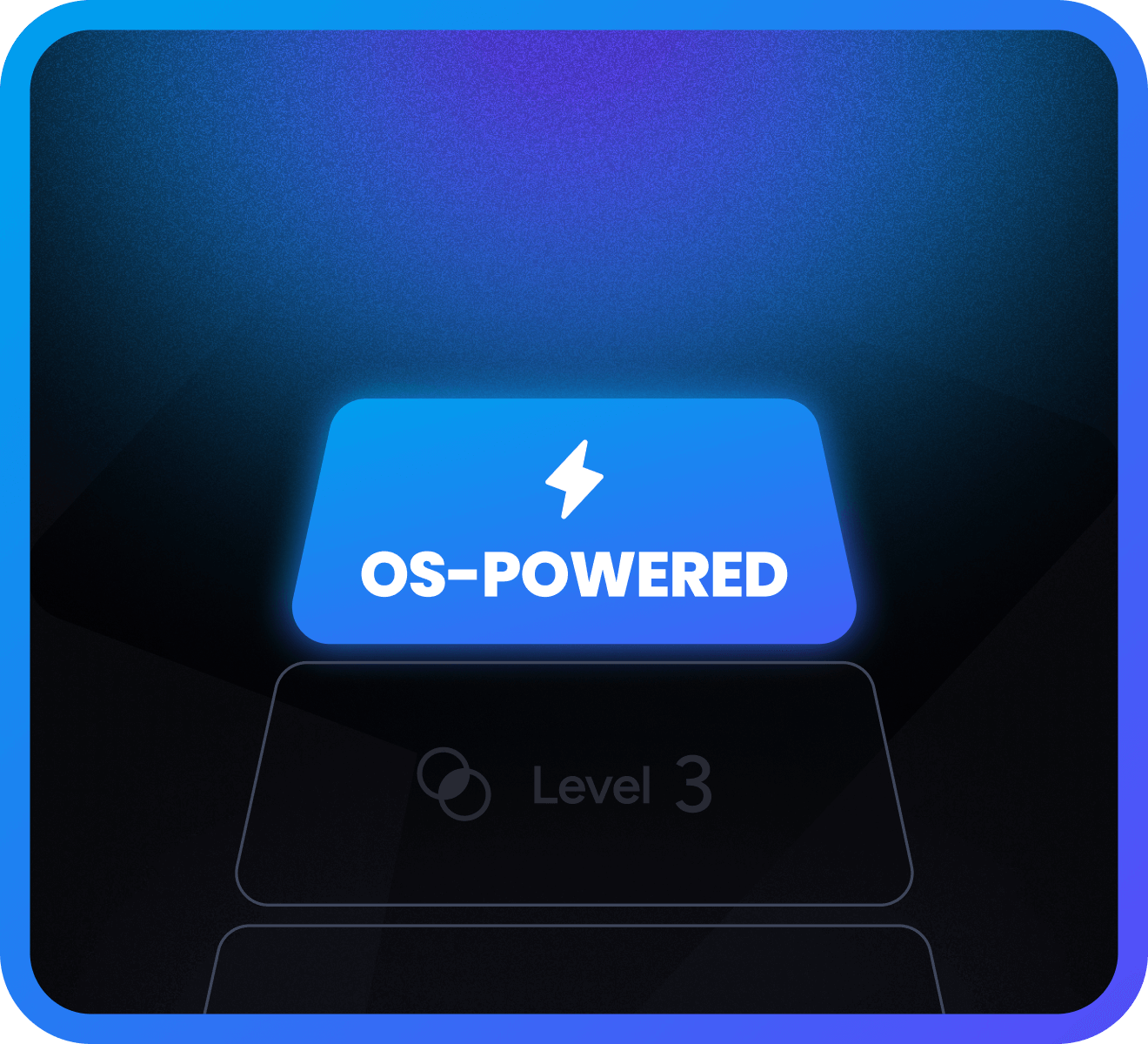
Common Tools
• Komo Engagement OS
• Real-time personalization engines
• CDPs with unified profiles
• Campaign orchestration tools owned by marketing

Strategic Limitations
• Most brands never reach this level with their current stack
• Complexity, cost, and reliance on multiple vendors create friction
• Teams may default back to tactical work if systems aren’t truly marketer-owned

Opportunity with Komo
Komo powers the transition from coordination to control.
• Build and run personalized, always-on engagement across the lifecycle
• Capture zero-/first-party data through experiences—not just forms
• Turn participation into profiles, triggers, and action
• Run faster, more relevant campaigns—without the lag of traditional tools

At Level 4, brands don’t just run campaigns—they run an engagement system that compounds value over time.
How to stay on level 4?
You’ve built the system. Now you get to run it.
"We finally reached the point where engagement drives everything—from how we segment to how we launch. Komo made it possible to run personalized campaigns at scale, with the marketing team in full control."
Head of Brand and Loyalty
National Retail Group
____
Which stage are you in?
Not everyone arrives here through the calculator. Whether you’ve assessed yourself or are just exploring the model for the first time, use this checklist to gauge where you are—and what to focus on next.
Level 0: Unstructured Campaigns
• We launch campaigns in response to internal requests or external deadlines
• Engagement is reactive and not tracked in a unified system
• Different teams run activations independently with no coordination
• We don’t capture meaningful data, or it lives in spreadsheets
If this sounds like you → Start with templates, centralize execution, and launch your first interactive campaign.

Level 1: Isolated Campaigns
• Campaigns are more intentional, but still disconnected
• We often rebuild from scratch, with no reuse or learning
• Tools and data are siloed; we don’t know what’s working
If this sounds like you → Focus on template reuse, cost reduction, and connecting campaign results to systems.

Level 2: Repeatable Activations
• Some automation exists, and we reuse a few formats
• Data capture is better—but it’s not centralized or actionable
• Personalization is basic, and coordination is still manual
If this sounds like you → Centralize your data, personalize using participation, and test multi-step journeys.

Level 3: Integrated Engagement Loops
• Engagement is connected, not campaign-bound
• Data informs personalization, but launching still takes time or technical help
• Teams rely on ops or IT to execute even small changes
If this sounds like you → Reclaim control. Streamline your tech stack and enable marketers to launch, personalize, and react in real time.

Level 4: OS-Powered Engagement System
• We run always-on, personalized engagement across the customer journey
• Campaigns drive participation, participation drives data, and data powers action
• Marketing owns execution—and outcomes
If this sounds like you → Keep optimizing, scale the system org-wide, and focus on tying engagement to revenue and loyalty metrics.

Engagement Maturity Assessment
Not sure where your brand stands? Take the 2 minute maturity assessment to uncover your growth stage.

Why engagement maturity isn’t just for marketing
While this model was built for marketing and engagement leaders, its value touches nearly every team in your organization. Because when campaigns become connected and customer data becomes actionable, everyone benefits.
Sales
• Get access to deeper behavioral insights and engagement signals
• Identify warm leads and prioritize outreach based on real participation
• Align sales plays with actual customer interests—not just demographics
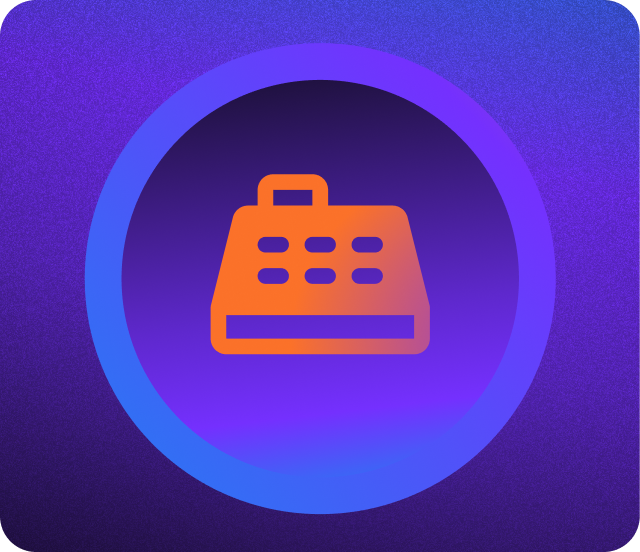
Loyalty & CRM
• Improve targeting with zero-party data captured from engagement
• Deliver personalized rewards and journeys that reflect real behavior
• Increase program adoption with more interactive, dynamic experiences

Strategy & Insights
• Understand what activations truly work—not just what’s been launched
• See cross-campaign performance trends to inform next quarter’s focus
• Validate investment in channels, formats, and timing based on data

IT & Development
• Reduce campaign execution load and dev dependencies
• Free up internal teams from ad hoc requests and microsite builds
• Lower risk and operational cost through standardized, secure systems

When engagement becomes a system, not a set of tactics, every function can operate faster, smarter, and with clearer impact.
Want a tailored roadmap?
Book a free Maturity Discovery Workshop with Komo. In just 30 minutes, we’ll:
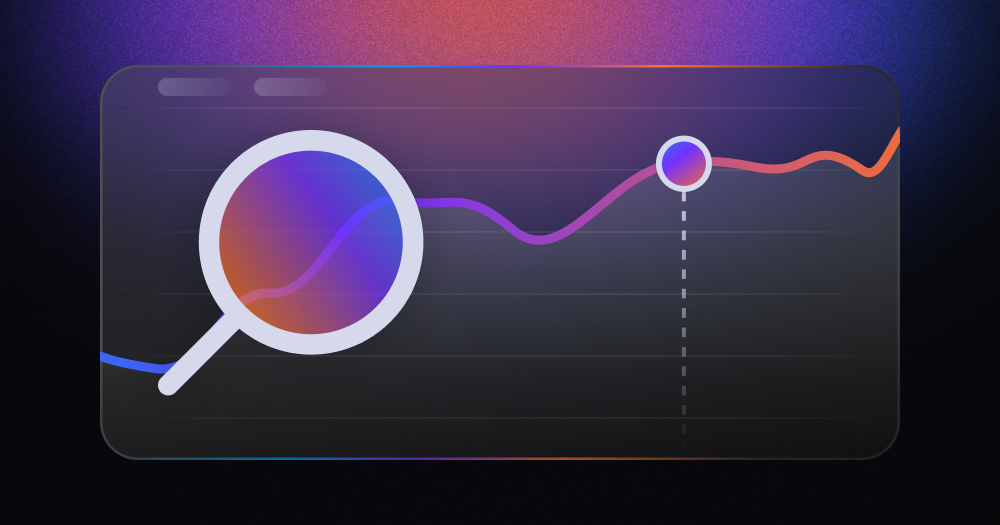
Review your current engagement stack
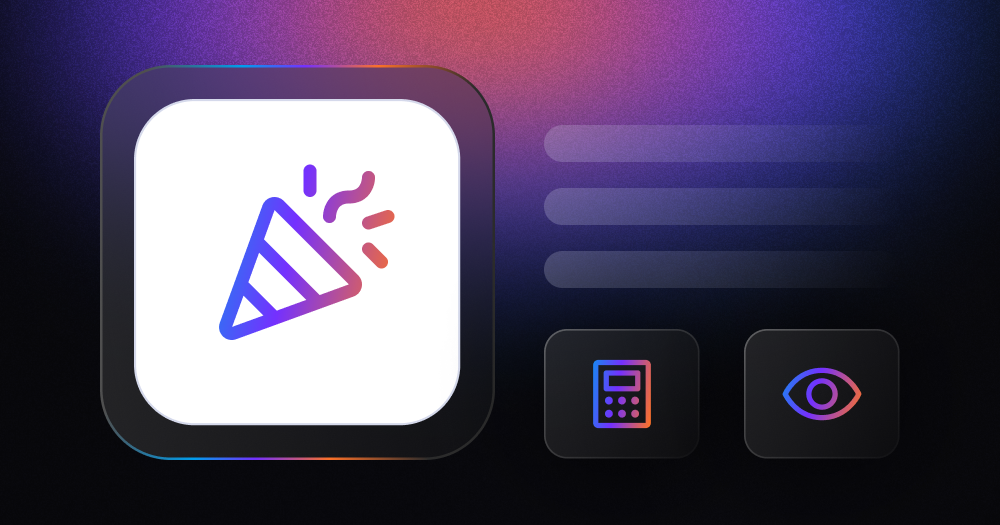
Unpack your maturity score (if you’ve taken the assessment)
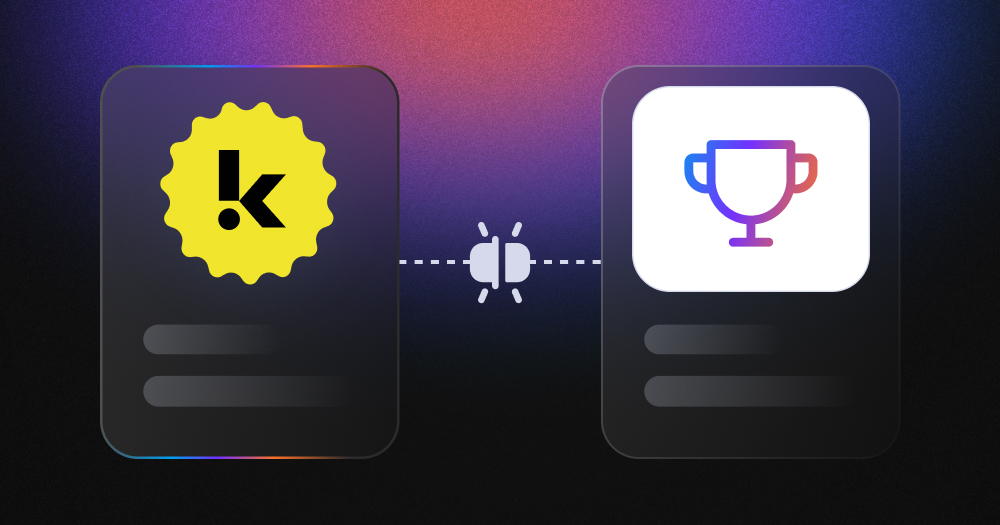
Identify your fastest wins and biggest unlocks
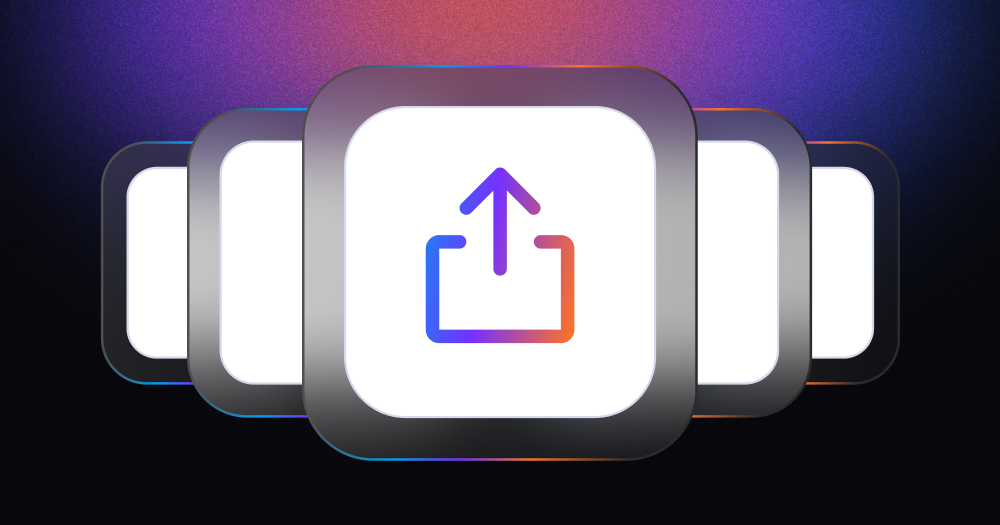
Share how other teams in your industry are progressing
FAQs & common objections
Traditional CRMs and marketing platforms weren’t built for interactive, participatory engagement. Komo fills the gap between attention and activation—capturing data through real-time experiences and turning participation into action.
You can launch your first interactive experience in under an hour using Komo’s templates. Full integrations (CRM, CDP, loyalty) can be rolled out in stages depending on your stack.
Not at all. Komo is used across industries—B2C, B2B, agencies, and everything in between. The model fits any team that runs campaigns, captures data, or engages audiences.
See how leading brands operationalized engagement with Komo
Perfect. Komo helps you operationalize and scale what’s already working. The maturity model helps you identify gaps—and move faster toward systemized success.
How to progress from good to great turning effective campaigns into a scalable engagement system
What powers this model?
The Komo Engagement OS
Behind every stage of the Engagement Maturity Model is one core question: can your platform keep up with your ambition?
The Komo Engagement OS is the system built to answer that with a resounding yes.
From campaign creation to real-time insight, Komo provides the full stack marketers need to deliver personalized, always-on, participation-powered engagement—without relying on IT, developers, or disconnected tools.
Here’s how it supports your journey:
What's included in the the OS?
The Engagement OS is modular, scalable, and built for marketers. Key components include:

